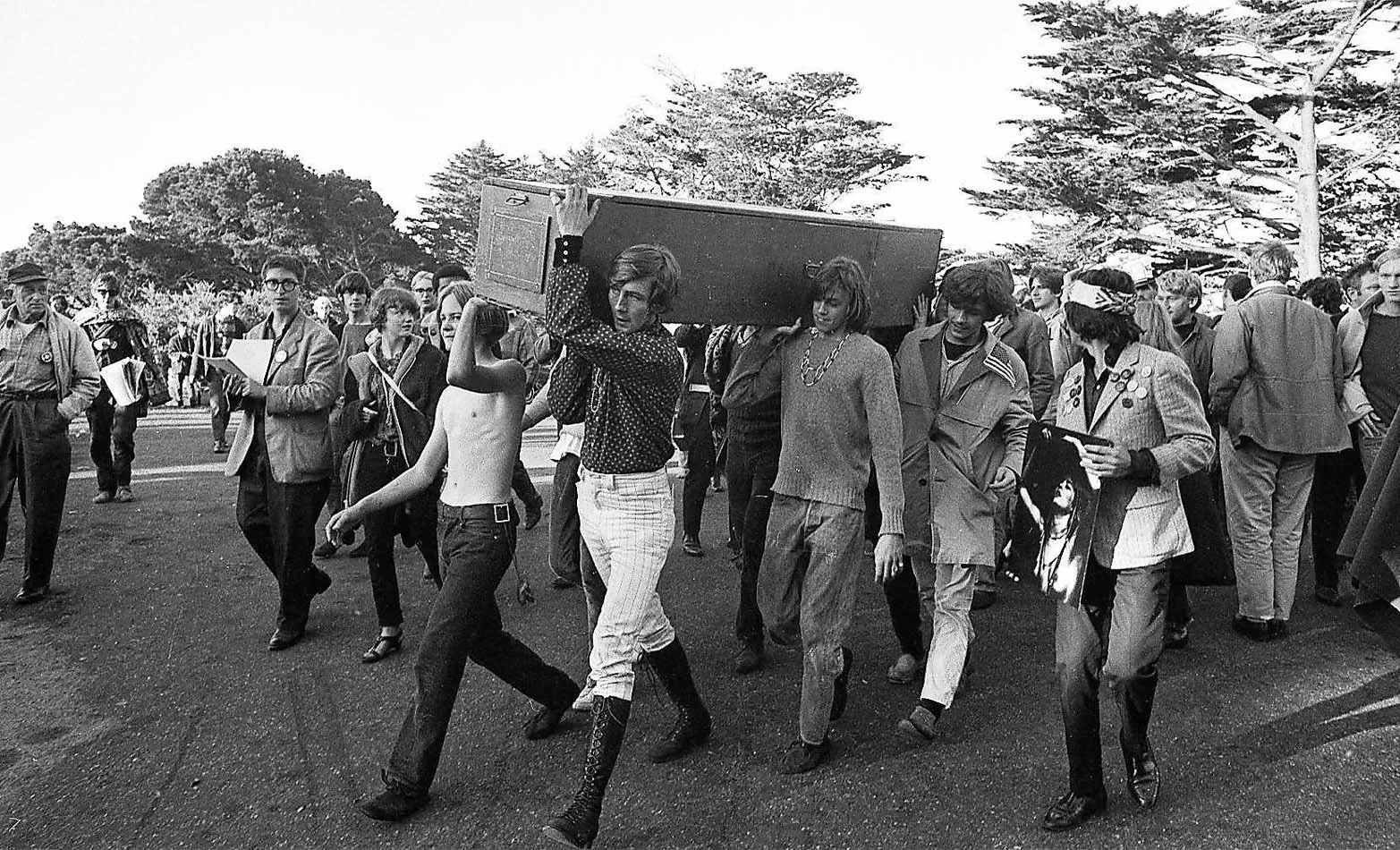Protest,Spirituality The appeal of the Hippie Movement & Jewellery:
The appeal of the Hippie Movement
In the 1960s counter culture, the tight link between protest, spirituality, and jewellery provided a timeless appeal and evolved into collectables of a transformative era.
In this era, jewellery not only served as a visual language but also as a fashion statement ,protest sign, and a spiritual token.
The jewellery pieces made and worn by hippies made a loud statement, something more than just being materialistic in the form of small objects such as political symbols, spiritual motifs and handcrafted materials.
PROTEST MARCH
ImageCourtesy: IvyPanda
The mixed protests and pilgrimage provided a consistent visual identity. These protests, jewellery and peace signs communicated the voice of people giving a message of hope and resistance.
PEACE JEWELLERY
ImageCourtesy:AntiqueTrader
The peace sign pendant marked the beginning of the movement's spread. It indicates that jewellery in the hippy era was much more than just materialistic and decorative pieces. It was worn at festivals, protests, and in portable spirituality throughout the hippie community.
ANTI-WARPROTESTS
ImageCourtesy:History.com
The popular demand for individual expression, social change, and rejection of conventional values gave rise to the hippie movement in the mid-1960s. Fashion also changed as a result of this culture shift. Instead of using the conservative methods of the period, the younger generation started adopting a more diverse, bohemian style.
PEOPLE WEARING PEACE SYMBOLS
Image Courtesy: Time Magazine
In the 1960s, along with the large anti-war showcase, the hippies protest was also on the rise, wherein symbols like the peace sign started becoming an opposition weapon to the Vietnam War. People rapidly started using Gerald Holtom's peace symbol (which he made in 1958) and transformed it into buttons, pendants, and necklaces.
ImageCourtesy:EDUCBA
Spirituality was also an integral part of the hippie movement. When people travelled to the East to join the hippie trail, they returned in a new form, embracing new spiritual references, including various symbol marks, rudhraksha, beads, and, most importantly, developing a hunger for handcrafted objects.
ImageCourtesy:AntiqueTrader
During the same era, the people, especially the youth and new generation, started popularising the idea that jewellery pieces such as stones and crystals have healing properties. Because of this, these jewellery pieces started becoming part of regular outfits and were worn close to the body, especially during meditation and public gatherings.
ImageCourtesy: AntiqueTrader
Materials ,Styles Symbolic Motifs
ImageCourtesy:AntiqueTrader
Mainly, the hippie jewellery was made with natural materials such as feathers, flowers, wooden beads, etc., which were handcrafted, providing anti-industrial values. Protests against the Vietnam War served as the inspiration for the nonviolent, passive resistance movement known as "Flower Power." The idea influenced the counterculture's art and design.
Mod jewellery became a part of flower power statement jewellery, which was inspired by the British youth subculture. In celebration of the free-spirited hippie era, this style frequently included homemade accents, vibrant beads, and pendants shaped like flowers.
These motifs signalled an allegiance to nature and various spiritual ideas, ranging from mandalas, flowers, to dreamcatchers. The quintessential accessory that symbolises the counterculture movement of the 1960s is hippie earrings. By keeping with the free-spirited and unorthodox attitude of the time, they display a distinctive fusion of bohemian, ethnic, and eclectic elements.
This fashion revolution was greatly influenced by hippie earrings, which embodied the movement's attitude of nonconformity, inventiveness, and freedom. These carrings were frequently handmade from natural materials, with inspiration derived from folk art, ethnic jewellery, and the emerging psychedelic movement, among other sources.
Visual Identity & Cultural Fashion
PEOPLE AT WOODSTOCK
PEOPLE AT HAIGHT-ASHBURY
ImageCourtesy: SanFrancisco Chronicle
The festivals, movements, and neighbourhood images give a clear indication of jewellery being an integral part of visual identity, wearing stacked rings and layered necklaces, keeping long hair, and a bohemian silhouette with loose clothing.
Image Courtesy: tumblr.com
Those close faces, hands, jewellery like pendants serve as a cultural fashion symbol, with jewellery holding a sign of a powerful era, reflecting their stories.
Legacy & Modern Reinterpretation
VINTAGE SHOPS
ImageCourtesy: Revival Vintage
There has been great evolution in the fashion world since the 1990s, where hippie motifs like boho and hippie-chic were periodically revived in the vintage markets, reshaping contemporary tastes. Both reinvention and emotion are traded by designers and vintage merchants.
HIPPI JEWELLERY IN MODERN FASHION
On the other hand, in modern fashion, the small designers and collectors try to keep the original pieces alive. The authentic hippie jewellery with a modern touch is available again in all the vintage markets and online stores, giving it a new cultural value.
The jewellery, spirituality and protests not only served as a movement of hope and persistence but also gave it a visual identity, cultural symbol, and timeless meaning. In the hippie movement, this jewellery served as a tool for fashion and peace, giving it a double power, supplying comfort and signalling identity. The current modern fashion keeps boho and vintage styles alive, but the originality of hippie jewellery signalled a deeper meaning, conveying much more than just a material item; belief and belongingness.

















